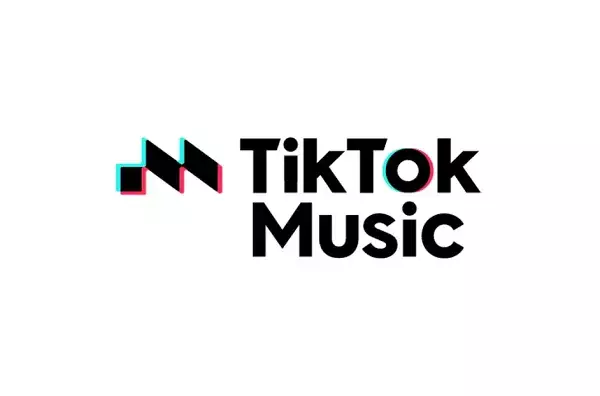In a move that captures the fleeting nature of digital innovations, TikTok has announced the closure of its separate music streaming app, TikTok Music, stemming from operational hurdles and a lack of substantial user engagement. Launched in India in late 2019 under the name “Resso,” the platform sought to capitalize on TikTok’s explosive growth in the region. However, despite the ambitious intent, TikTok Music never achieved the intended success and is now slated for closure, highlighting the inherent risks in the competitive landscape of music streaming.
The original concept of creating a dedicated music streaming service was to foster TikTok’s key role in the music industry, allowing artists and songwriters to reach broader audiences. However, the circumstances surrounding TikTok and its streaming counterpart were not as fortuitous as they initially seemed. Following a ban on TikTok in India in 2020, Resso avoided similar restrictions and continued operating. Yet, it struggled dramatically to captivate Indian users, leading to its dormancy long before the final announcement of its closure.
The challenges TikTok Music faced extended beyond regulatory concerns. After its rebranding and re-launch in Brazil and Indonesia, alongside a limited beta release in other markets, the streaming service quickly encountered insurmountable obstacles that stemmed from intense competition and licensing disputes endemic to the music industry. Major players in the streaming market—like Spotify, Apple Music, and others—have established strong footholds, making it almost impossible for new entrants to gain traction, especially one that initially struggled to create a loyal user base.
Despite TikTok’s immense popularity as a platform for discovering and sharing short-form videos, the potential for converting that engagement into sustained interest in its music service proved unattainable. Reports indicated a concerning disconnect between TikTok users and TikTok Music, illustrating an instance where user interest simply did not translate into a broader market appeal.
According to a recent statement from TikTok, the app will officially shut down on November 28, 2024. This decision marks a significant pivot towards refocusing efforts back on its main application. TikTok’s efforts to streamline its offerings aim to enhance the core platform’s role in music promotion, signaling a return to its roots rather than diving headlong into an overcrowded pool of entertainment services. As the announcement detailed, users will have until October 28 to transfer their playlists and request refunds, but after November 28, all user information will be deleted—a hard close to an ambitious venture.
This shift brings to light a crucial lesson for tech companies contemplating similar expansions: understanding the dynamics of user sentiment and competition is vital to crafting a sustainable business model. TikTok’s venture serves as a reminder of the high stakes involved in the tech landscape—where even giants can stumble and reassess their paths.
Though TikTok Music’s journey ended prematurely, the implications of this closure may ultimately benefit TikTok as a primary platform. Instead of duplicating efforts with a separate entity, the focus now shifts to leveraging TikTok’s existing infrastructure to bolster music discovery and promotion, creating a more integrated experience for users and artists alike. This retreat enables TikTok to refine its model, aiming to solidify partnerships with artists and services that align more closely with what users already enjoy on the platform.
TikTok Music’s demise serves as a cautionary tale in the tech industry—a narrative showcasing the importance of strategic alignment, understanding consumer behavior, and navigating a landscape filled with competition. As TikTok pivots back to its core competencies, it retains the potential to innovate and influence the music industry positively, albeit through a more focused approach that prioritizes user engagement without overreaching. The closure of TikTok Music marks the end of one chapter but opens the door for new opportunities within TikTok’s expansive ecosystem.


Leave a Reply